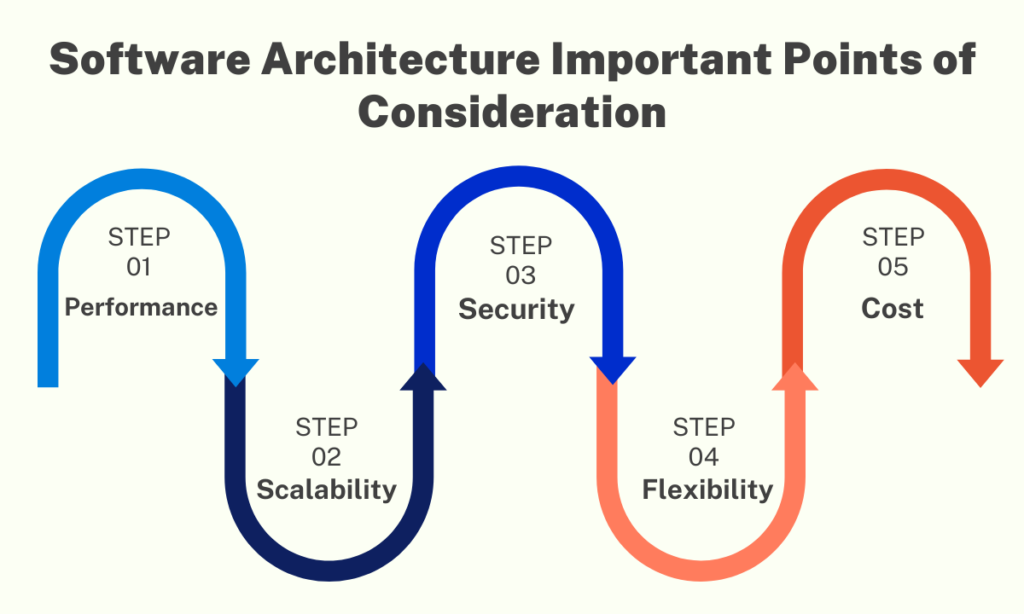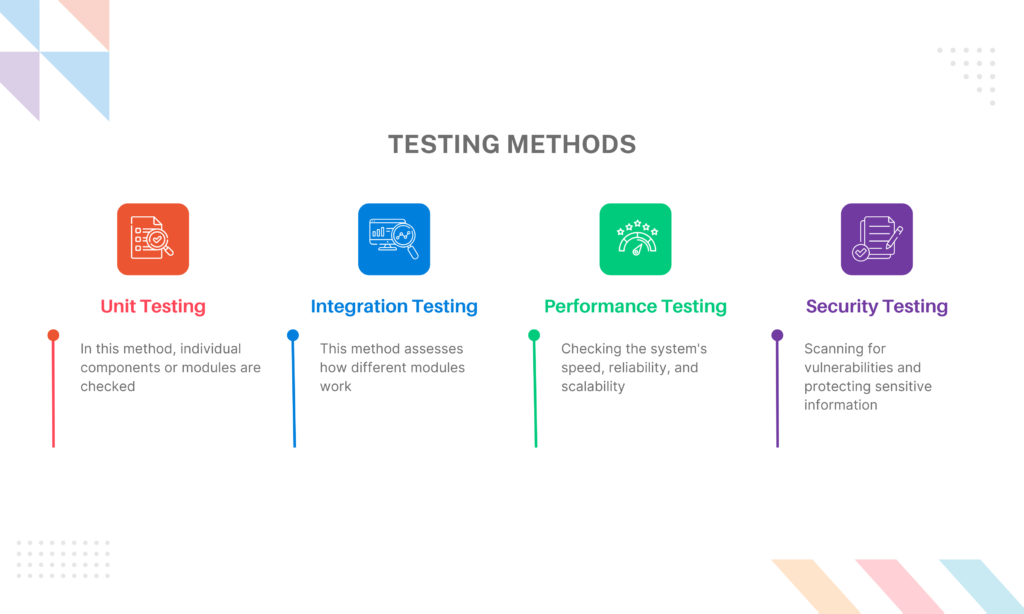Software architecture is the high-level view of the arrangement of a software system. It not only describes the blueprint of the system but also the project, outlining the functionality, quality, and scalability of the software in question. It is from such architecture that any process of software development is supported; all elements of the system should cohesively work toward satisfying business and technical goals.
For those looking to deepen their understanding of these concepts, a Software Testing & Development course can be incredibly beneficial. Such a course equips individuals with the skills to test and develop software effectively, which in turn ensures that the software architecture is not only functional but also reliable and scalable.
Software architecture is a set of key decisions related to the organization and interaction of system components. These include requirements, constraints, and goals that determine the best possible structure. To the aspiring software developer as well as the seasoned engineer, software architecture patterns and types are of great importance in the design of efficient, maintainable, and scalable systems.
Software Architecture
This is the description of how different software components interface, data flow through the system, and the general way by which the system attains its operational requirements. It is the base on which developers build systems, making sure that they meet both technical specifications and user expectations.
A strong understanding of software architecture gained through a Software Testing & Development course, is key to ensuring that a system’s design is both effective and adaptable to changing needs.
Important elements in software architecture include:
- Components: These are individual parts of a system and can be modules, classes, or services.
- Connectors: Gatenstein for inter-component communication, such as APIs, messaging systems, or protocols.
- Constraints: Limitations or rules that have to be followed, such as security requirements, performance goals, or resource limits.
Good thought on these factors enables developers to build robust, flexible, and manageable systems.
Why Does Software Architecture Matter?
Enabling Communication: software architecture allows developers, stakeholders, and project managers to get the language to understand the system structure and objectives.
- It increases scalability by accommodating growth based on more users, data, or functionalities added efficiently.
- It helps in maintainability by allowing clear architecture to easily debug and test the system with the possibility of extension, thereby reducing the development cost over time.
- It supports reusability because a modular architecture can be reused in several other projects, which increases the speed of development and results in consistency.
Architectural decisions ensure quality since they also enforce performance, security, and reliability in software so that it meets its purpose.

Common Software Architecture Patterns
Software architecture patterns provide time-tested solutions to the structuring of systems. Here are a few widely adopted ones.
Layered Architecture (n-Tier Architecture)
Overview: One of the most commonly used, systems is layered, like the presentation layer, the business logic, and the data access layer.
Use Cases: Most appropriate for applications and systems in which business logic needs to be separated with pure concerns.
Benefits: This enhances maintainability and scalability.
Microservices Architecture
Overview: This pattern describes an application system as a set of loosely coupled, loosely independent services communicating with each other through APIs.
Use Cases: Suitable for scalable, distributed systems.
Benefits: It allows for scalability, fault isolation, and rapid agility in development.
Client-Server Architecture
Overview: It consists of customers that may request the server to cater to their needs.
Use Cases: Web applications, file-sharing networks, and databases.
Benefits: Centralized resources with simple communications
Event-Driven Architecture
Overview: It causes activity or a process in response to events
Use Cases: IoT systems, e-commerce websites, and analytics.
Benefits: Facilitates high response to situations and makes it possible to decouple components
Monolithic Architecture
Overview: The entire application is assembled as a single large monolithic body.
Use Cases: Applications or systems that merely need straightforward scaling up.
Benefits: Easy to develop and deploy but not very scalable in comparison to the other patterns.
Types of Software Architecture
Application Architecture
This is the software structure of the application itself, considering the interconnectivity between its user interfaces, business logic, and data layers.
Data Architecture
Data collection, storage, and utilization in a system are aspects covered here, like the design of a database and its management in data flow.
Technology Architecture
The technology infrastructure definition is set: hardware, platforms of software, and networking.
Enterprise Architecture
It so happens to be the highest level in the framework of IT infrastructures in congruence with organizational goals.
Cloud Architecture
Creates a focus on cloud services with distributed systems for scale and economy.
Software Architecture Important Points of Consideration
These are important things that architects should keep in mind in building software system architecture.

- Performance: The system must satisfy performance and responsiveness against anticipated loads
- Scalability: Growth factors are taken into account when considering how the system will accommodate increasing requests.
- Security: Security measures should be built into the system to be resilient to threats and vulnerabilities.
- Flexibility: Sufficient room should be left for changes and integrations in the future without overhauling the entire system.
- Cost: Functionality has to be balanced with the budgetary constraints, which means achieving the optimum return on investment.
How Software Architecture Affects Development
Good thought architecture accelerates the developing process by giving direction and guidance; once that is in place, any possible errors are identified and corrected right away. Teams without architectural plans or goals can lose a lot of time and might take very long before a system fully reflects the wishes of the target audience.
Further, software architecture helps the cross-functional teams in their cooperation better with the integration of the activities related to designing, testing, and deployment than any other.
Testing is a fundamental part of the software architecture. It ensures the system works in the designed fashion and meets quality parameters.
Testing methods include:

Unit Testing: In this method, individual components or modules are checked
Integration Testing: This method assesses how different modules work
Performance Testing: Checking the speed, reliability, and scalability of the system.
Security Testing: Scanning for vulnerabilities and protecting sensitive information. The testing should be based on the architectural design and analyze any possible threats in data flow, component interaction, and system constraints.
Conclusion
Software architecture forms the backbone of successful software engineering. Decomposition and definition of a system’s structure, interactions, and behavior about its functional and non-functional requirements form it. With proven patterns and types of architecture, engineers build robust, scalable, and maintainable systems that will last a long time.
Whether it is a simple monolithic application or a complex microservices-based system, the principles and patterns of software architecture are to be known. With such systems built by developers that can achieve more than what exists today, this will ensure the longevity of those systems in landscapes of ever-changing technology.
This ensures alignment with business objectives. The deployment of strong strategies of testing increases the quality level of the system, and as a result, it becomes the center of critical interest in every endeavor of software engineering.


